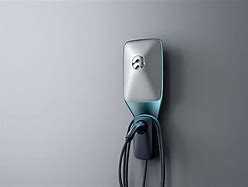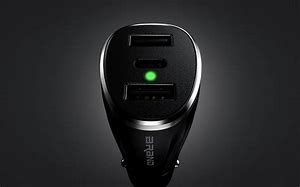In today's world, on board charger have become a fundamental part of our daily lives. They allow us to recharge our electronic devices, such as smartphones, laptops, and tablets, ensuring we stay connected and productive. But have you ever wondered how chargers work? In this blog, we will explore the science behind chargers and how they do their work.
First, it's essential to understand that chargers work based on the principle of electromagnetic induction. This principle states that when a conductor moves through a magnetic field, an electric current is induced in the conductor. This is the same principle that powers generators and motors.

Now, let's take a closer look at the components of a charger. A typical charger consists of two essential elements: a transformer and a rectifier. The transformer is responsible for stepping down the high voltage from the power outlet to a lower voltage suitable for charging the device. The rectifier then converts the AC (alternating current) voltage to DC (direct current).
The transformer works by using two coils of wire wrapped around a magnetic core. The primary coil, connected to the power outlet, generates an alternating current. This current produces a magnetic field that induces a current in the secondary coil connected to the device being charged. The ratio of the number of turns in the primary and secondary coils determines the voltage induced in the secondary coil.
The rectifier converts AC voltage of the transformer into DC voltage. The rectifier is typically composed of diodes. They are electronic devices that allow electricity to move in only one direction. Since the AC voltage of the transformer fluctuates between negative and positive, the diodes ensure only positive power can flow to the device being charged. This produces a steady DC voltage appropriate to charge the device.

It's important to know that certain chargers, specifically those used to charge fast, could also include other components, including capacitors or voltage regulators. Capacitors can store power and discharge it rapidly, allowing the charger to provide the power needed into the gadget. Voltage regulators, on the contrary, ensure that the charger's output voltage stays constant, even when the voltage input fluctuates.
In the end, ev chargers operate by utilizing the concept that electromagnetic induction. The transformer reduces the the power outlet. In turn, the rectifier converts AC voltage into DC. The rectifier's diodes ensure that just the positive power can be transmitted to the device that is being charged, resulting in a steady DC voltage. Other components like the voltage regulator and capacitor could be added to some chargers to boost their efficiency. Understanding how chargers function will help us appreciate the technology behind our electronic gadgets.
Discussions
Become a Hackaday.io Member
Create an account to leave a comment. Already have an account? Log In.